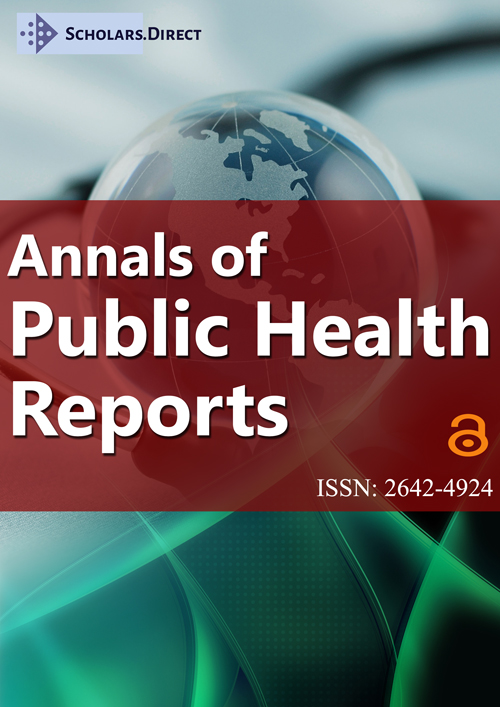Adults with Congenital Heart Disease in South America: Where Are We Today and What Will the Immediate Future Look Like?
Congenital heart disease (CHD) in Latin America and the Caribbean nations has a global prevalence of 8-13 cases per 1,000 live births. They are 60% more prevalent than cancer and five times more frequent than other congenital malformations [1,2]. Previous studies by Hoffman J, et al., in 2013 showed that 136,000 children are born with CHD in the Americas every year (65,000 in North America and 71,000 in South America) [3]. There is an average of 181 cases per day in North America; in other words, there are 1.8 new CHD cases every 15 minutes. Meanwhile, in South America, 197 cases are born per day, representing 2.05 new cases every 15 minutes. Almost 45% of all these cases are of moderate and high complexity, and at least 25% of these will require a surgical and/or interventionist procedure within the first year of life to survive [4].
Unfortunately for Latin American and Caribbean countries, especially those with low income, only 8% are able to access specialized CHD cardiology services in time, leaving a large number without coverage or timely access to cardiovascular healthcare systems, thus increasing infant mortality.
Every year, 15 million children around the world die or become seriously ill due to CHD. Interpreted differently, on average, one child dies from CHD every two seconds, and more than 90% of these deaths occur in low and middle-income countries (including Latin American and Caribbean countries) [5,6]. Despite this bleak regional picture, more than 85% of the children who do have timely access to specialized care manage to survive and reach adulthood. Of the others (those with late access), at least 50% survive and reach adulthood. Ultimately, all these children with repaired CHDs will become the new population of postoperative CHD adults. However, unlike industrialized countries, our population’s phenotype is much sicker or has a higher burden of morbidity. This is due to late access to surgical repair in infancy, resulting in many of these children having serious hemodynamic sequelae that add morbidity in adulthood.
The estimated number of adults with CHD (ACHDs) to date is more than 1.8 million in South America and 657,000 in Central America and the Caribbean, and is expected to grow 5-6% per year. In developed countries, the number of ACHDs has already surpassed the number of children with CHD. In the United States today, there are 2.2 million ACHDs compared to 1 million children with CHD [7].
Currently in our region, the number of children with CHD continues to be greater than the number of ACHDs (2.3 vs. 1.8 million, respectively, in South America) (Figure 1).
However, thanks to the improved survival of children with CHD and the centralizationof and improved ACHD care in our region, it is estimated that the number of ACHDs will equal the number of children with CHDs by 2030 (if the growth in children remains constant). Even more surprising is the estimate that between 2030 and 2040 the number of ACHDs could surpass that of children with CHDs, showing a similar behavior to that of developed countries (Figure 2).
In summary, the increase in ACHD is a challenge for all countries. With the expected immediate growth of the number of ACHDs in the region, healthcare policies must be implemented aimed at responding to the needs of the region’s patients.
Conflicts of Interest
I have no conflicts of interest to declare.
Funding
None.
References
- Gilboa S, Devine O, Kucik J, et al. (2016) Congenital heart defects in the United States estimating the magnitude of the affected population in 2010. Circulation 134: 101-109.
- Van der Linde D, Konings EE, Slager MA, et al. (2011) Birth prevalence of congenital heart disease worldwide: A systematic review and meta-analysis. J Am Coll Cardiol 58: 2241-2247.
- Hoffman J (2013) The global burden of congenital heart disease. Cardiovasc J Afr 24: 141-145.
- Araujo JJ (2020) Adults with congenital heart disease in the Americas-where we are today and where we are heading: A general view of the inter-american adult congenital heart disease council. Journal of Integrative Cardiology Open Access 3: 2-5.
- Oster M, Lee K, Honein M, et al. (2013) Temporal trends in survival among infants with critical congenital heart defects. Pediatrics 31: e1502-e1508.
- Musa N, Hjortdal V, Zheleva B, et al. (2017) The global burden of paediatric heart disease. Cardiol Young 27: S3-S8.
- Araujo JJ (2020) The new 2020 european society of cardiology guidelines for the management of adults with congenital heart disease: A Perspective of the interamerican adult congenital heart disease council of the interamerican society of cardiology (ACHDC-IASC). Ann Public Health Reports 4: 108-114.
Corresponding Author
John J. Araujo, MD, MBBS, Mst, NBE, FSIAC, FSISIAC, FACC, Adult Congenital Heart Disease Outpatient Unit from Instituto del Corazón, Medellín, Colombia; Cardiologist Echocardilogist in Pediatric and Adult Congenital Heart Disease, 050001, Colombia, Tel: 604-3207240.
Copyright
© 2024 Araujo JJ. This is an open-access article distributed under the terms of the Creative Commons Attribution License, which permits unrestricted use, distribution, and reproduction in any medium, provided the original author and source are credited.






